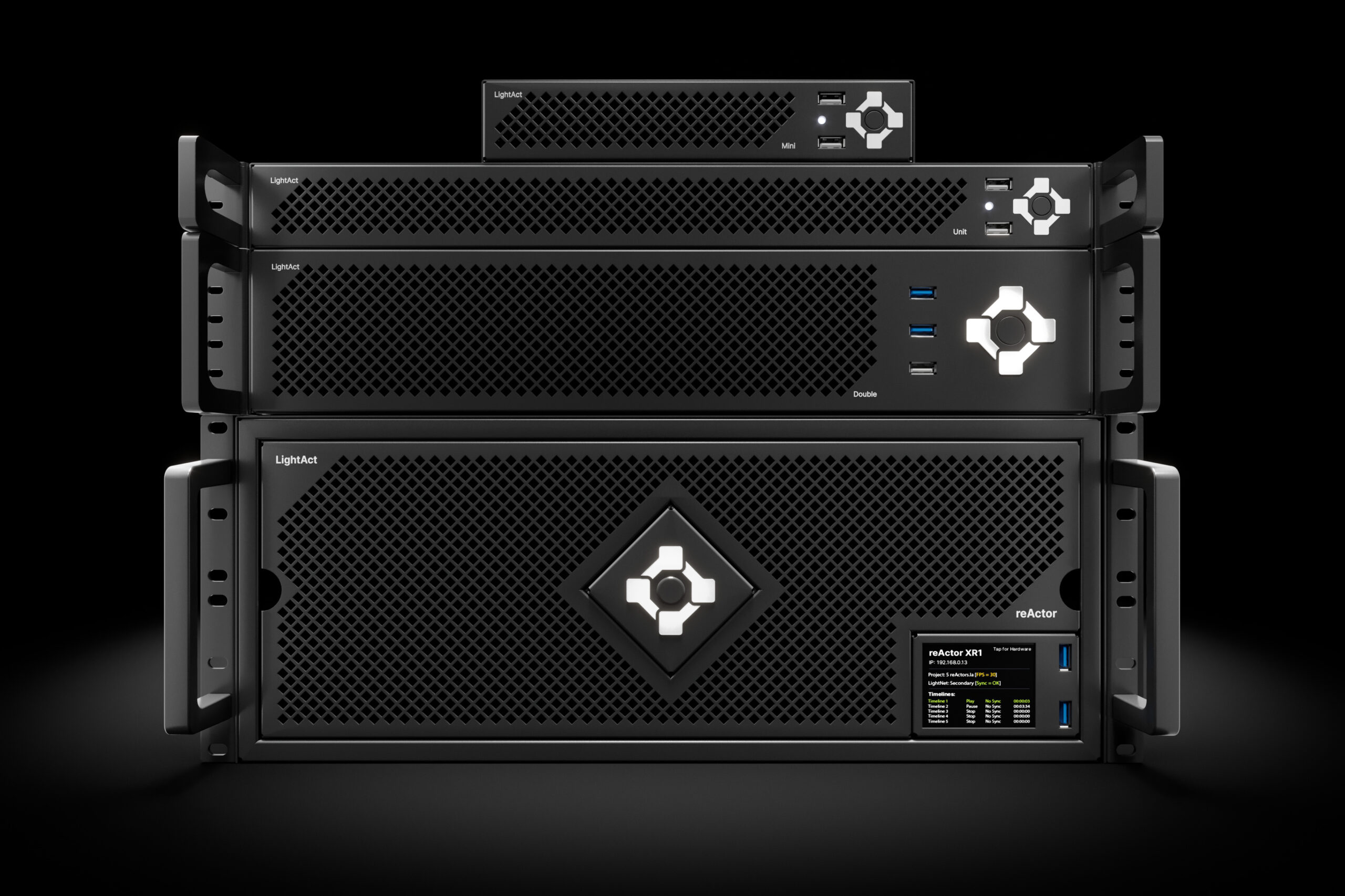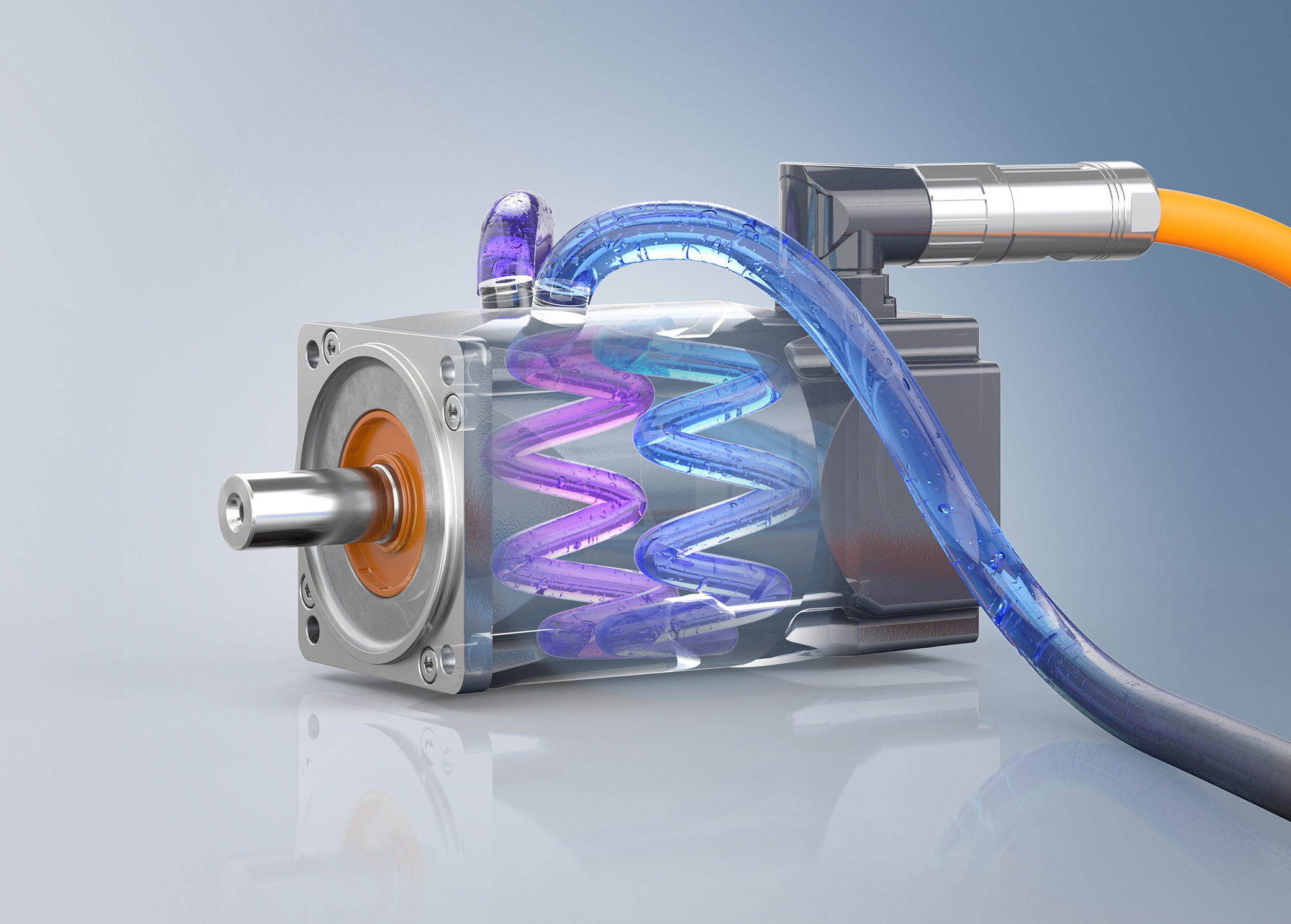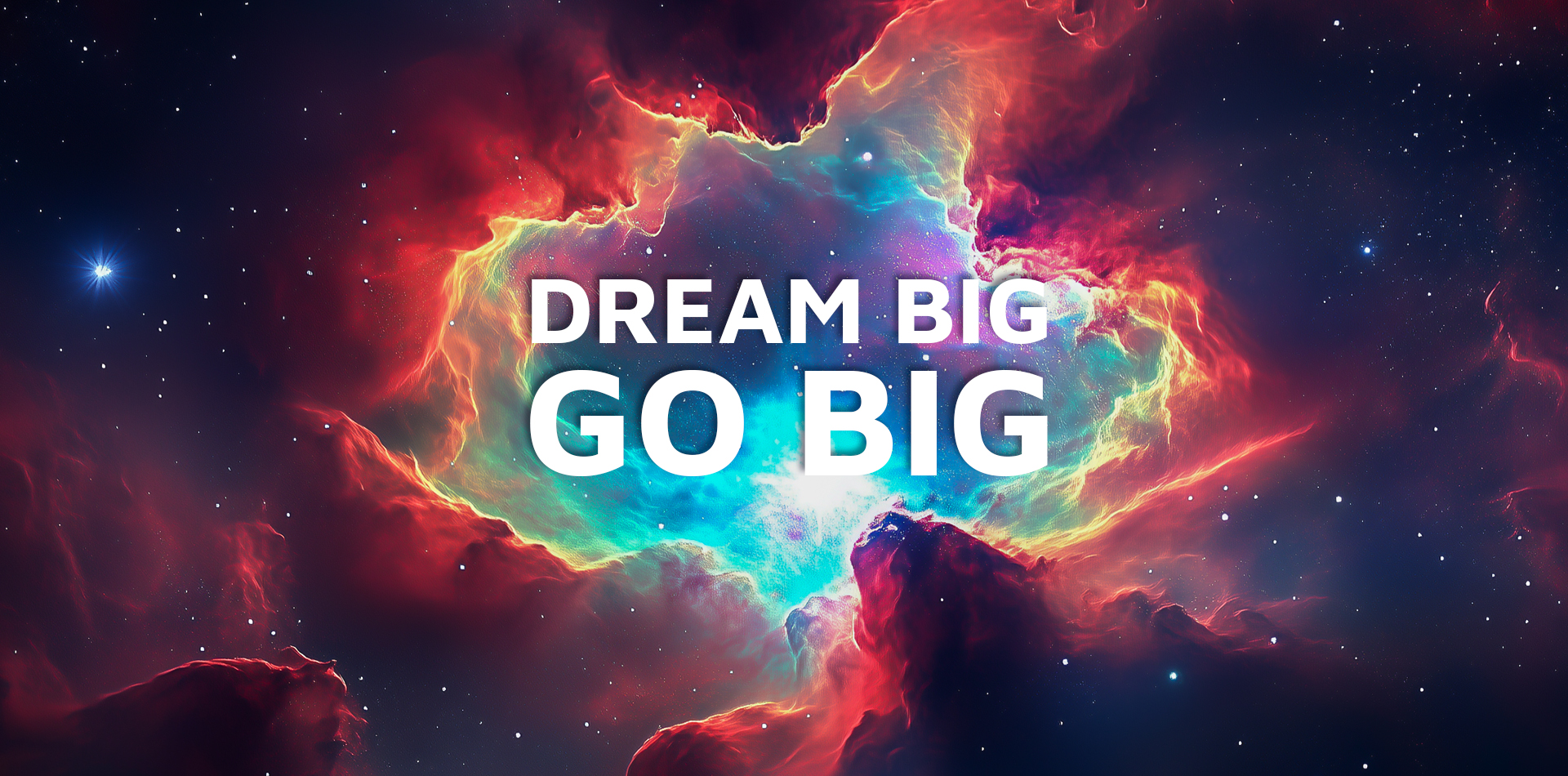LONDON – d3 Technologies have released their latest software, d3 r11.2. New features include SockPuppet DMX, HTML5, Footprints plus the support of two new codecs, HAP and HAP-Q.
More details from d3 Technologies (www.d3technologies.com)
SockPuppet DMX
Do you prefer lighting desk workflows over timelines? Good news:
d3 now plays nicely with most consoles. Create a stack of content layers in d3, drag arrows to them from the patch viewer, and each layer becomes a fully controllable DMX fixture. The powerful and flexible bank editor lets you quickly arrange your content into boxes and slots, either manually or automatically, and interactively view thumbnails while you edit. Easily export the fixture as .xml and upload to your console.
Now you have access to all of d3’s powerful mapping, playback and projection features using the control surface you prefer. Plus, you can freely combine SockPuppet layers with d3’s existing timeline features for a whole new level of show control.
HTML5
 d3’s new web module lets you render HTML5 content directly into your stage. Simply grab and drop websites, Twitter feeds, news tickers, streaming video, text caption Google documents, or any real-time web content into your show and treat it like any other media. You can even sequence Javascript commands to manipulate the web content during the show. Now you can make bespoke real-time content, delivered remotely to your stage or fixed installation, that can be modified externally without having to wait for video to render.
d3’s new web module lets you render HTML5 content directly into your stage. Simply grab and drop websites, Twitter feeds, news tickers, streaming video, text caption Google documents, or any real-time web content into your show and treat it like any other media. You can even sequence Javascript commands to manipulate the web content during the show. Now you can make bespoke real-time content, delivered remotely to your stage or fixed installation, that can be modified externally without having to wait for video to render.
Now you can sit with your client and clearly communicate the trade-offs of projector count, placement, content resolution and viewing positions. The result? Faster set-up times and real confidence in the outcome.
HAP & HAP-Q
d3 now supports two new codecs next to DXV; HAP and the high-fidelity HAP-Q codec. HAP is similar to DXV, but has better support for very large canvases, when both encoding and decoding. HAP-Q brings a new level of quality to GPU based codecs, removing numerous artefacts. It strikes a happy medium between DXV and lossless codecs.
Both HAP & HAP-Q are built around GPU compression, giving you maximum headroom to be creative with your content. The d3 4×4pro can play the equivalent of 16 HD layers of HAP-Q and 32 layers of HAP. d3 4U v2.5 machines running on r11.2 can play up to 12 layers of HAP (6 layers of HAP-Q), and the d3 2U v1.0 can play up to 3 layers of HAP or 2 layers of HAP-Q content.


